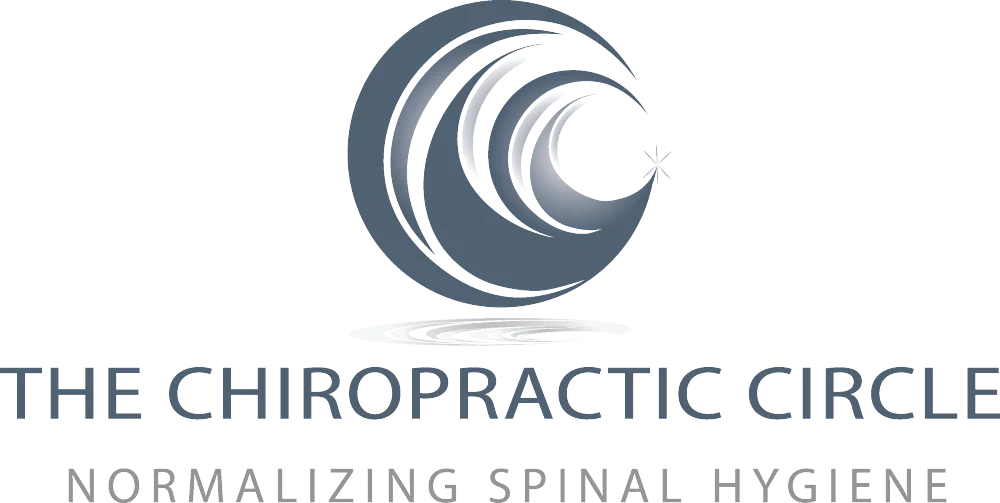Customized Corrective Chiropractic Solutions
Experience personalized corrective care at The Chiropractic Circle, where we address the cause rather than the symptom to restore balance and support your optimal well-being.

Instagram, Event, Friend, etc.
Message frequency may vary. Message and data rates may apply. Reply HELP for help or STOP to opt out.